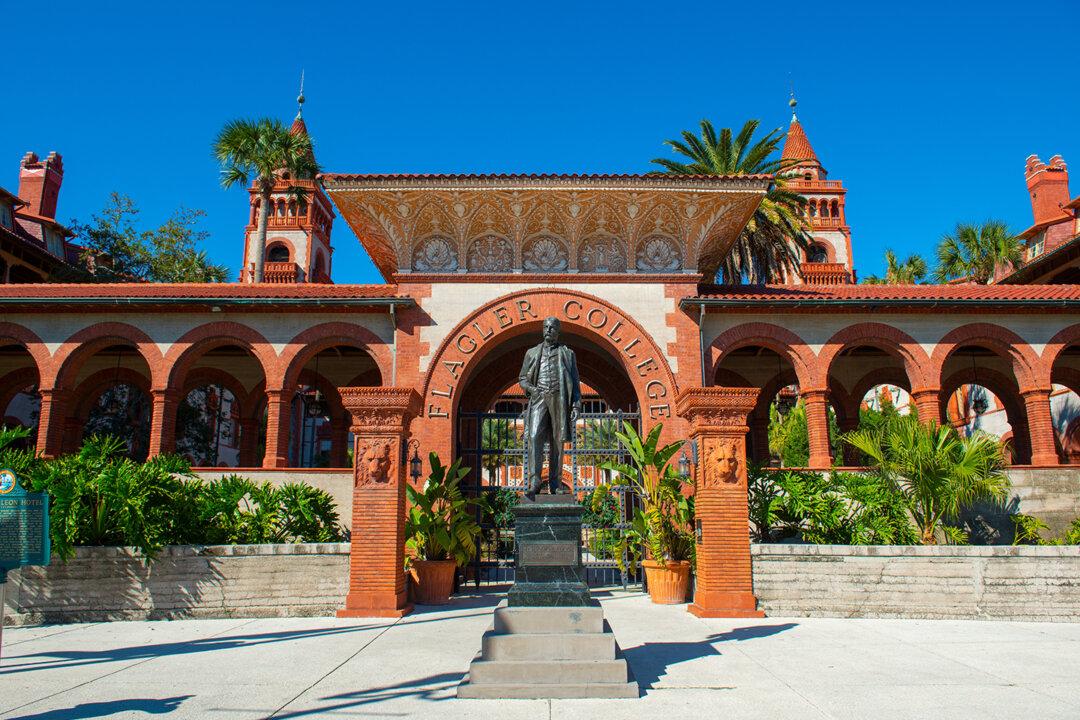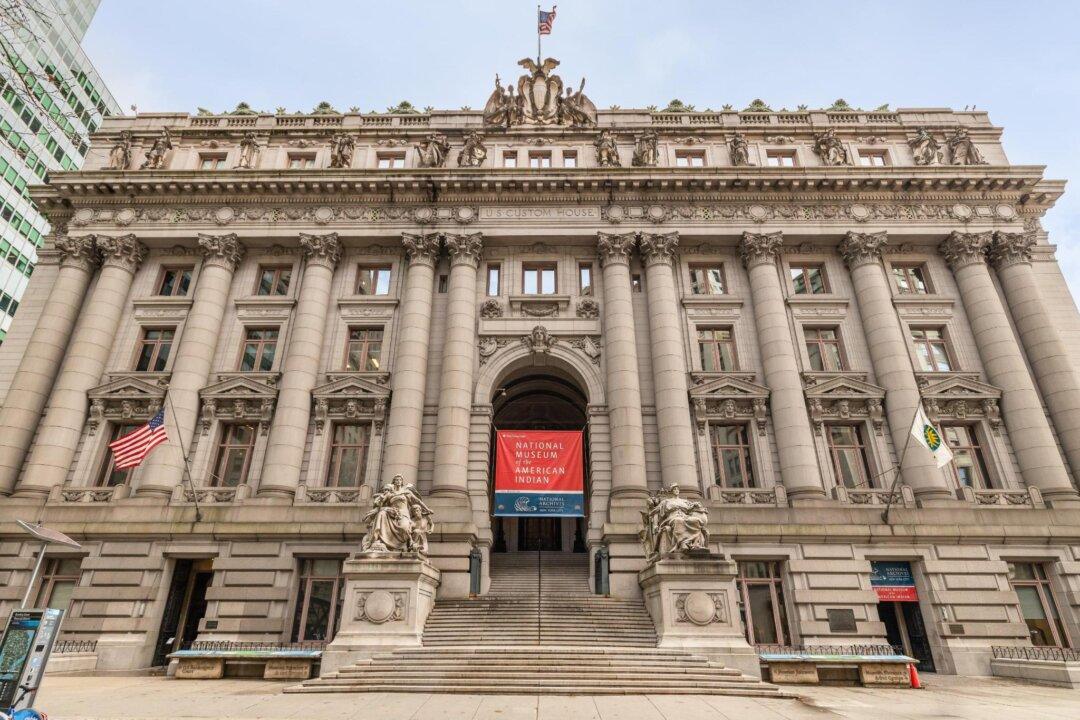The 13-foot by 30-foot “Battle of Lookout Mountain” painting has only been on display at the Lookout Mountain Battlefield Visitor Center since 1986. For close to half a century, it lay wrapped up and out of view. How the painting came about requires travelers to visit Chattanooga, Tennessee, which borders Chickamauga, Georgia.
Significant Civil War battles took place in both spots within the span of a few months in 1863, and 19th-century artist James Walker (1819–1889) captured much of what occurred there.





